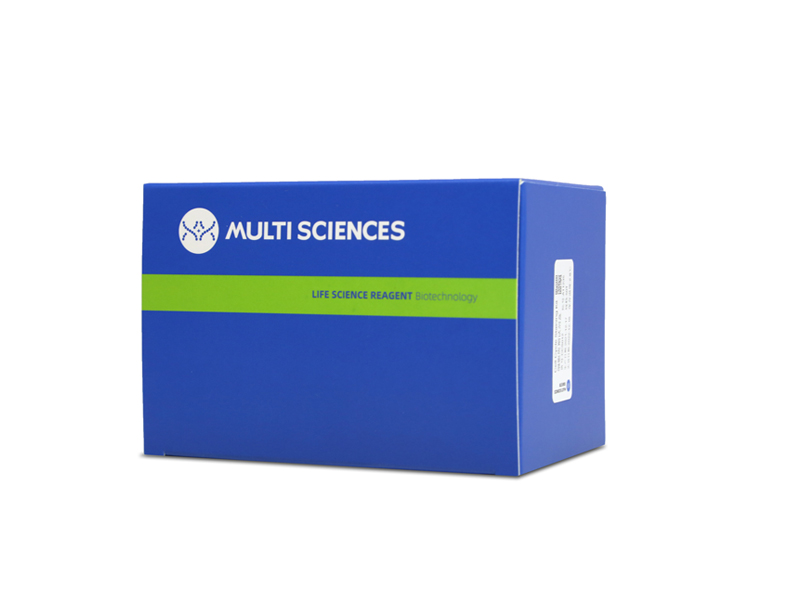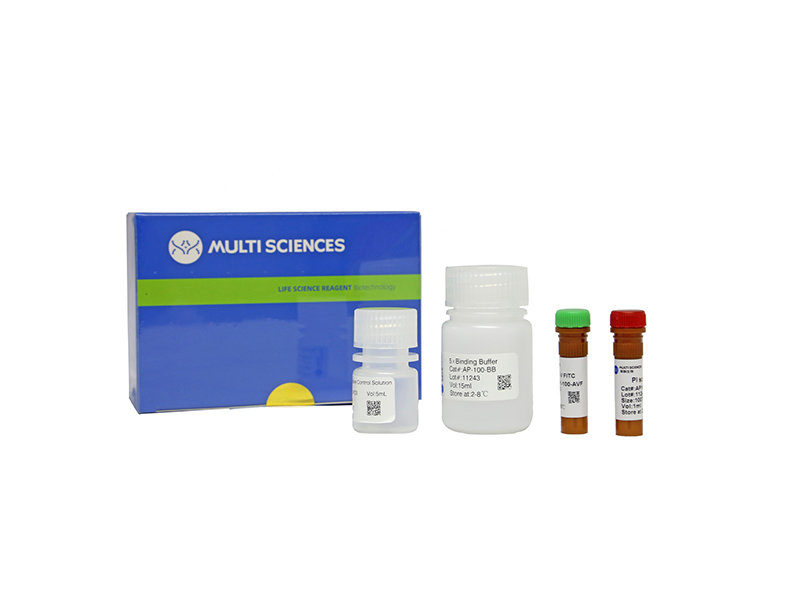In clinical practice, some breast cancer (BC) patients carry a rare ERBB2 in-frame insertion (p. Pro780_Tyr781insGlySerPro) and are resistant to anti-ERBB2 therapy. To explore the potential procarcinogenic role of this ERBB2 mutation, we conducted the present study using BC cells overexpressing wild-type (WT) ERBB2 or P780-Y781 ERBB2 [mutated (MT)]. MDA-MB-231 and MCF-7 cells were transfected with the following plasmids using a lentivirus system: negative control (ERBB2-NC), WT ERBB2 overexpression (ERBB2-WT), and P780-Y781 ERBB2 overexpression (ERBB2-MT). P780-Y781 ERBB2 conferred significant resistance to lapatinib, as assessed by cell viability and colony counts. Analysis of the cell cycle showed that the P780-Y781 ERBB2 group showed an elevated proportion of cells in S, G2, and M phases compared with WT ERBB2 when exposed to lapatinib. Following lapatinib treatment, phosphorylated AKT (p-AKT) was strongly upregulated in the P780-Y781 ERBB2 group. Among ERBB2+ patients, the P780-Y781 ERBB2 group showed increased levels of p-AKT. Furthermore, the AKT inhibitor perifosine effectively suppressed lapatinib resistance, as indicated by the lapatinib inhibition curve and results of the colony formation assay, and decreased AKT phosphorylation. Altogether, we discovered a procarcinogenic mutation of ERBB2 that enhances BC cell growth through AKT signaling and causes resistance to lapatinib. Patients with this in-frame insertion mutation of ERBB2 should be recommended other therapeutic strategies apart from ERBB2 tyrosine kinase inhibitors, in particular lapatinib.
文章引用产品列表
-
- AT104 67 Citations
- 凋亡试剂盒
Annexin V-PE/7-AAD Apoptosis Kit(细胞凋亡试剂盒 - 贴壁细胞专用)
- ¥1,010.00 – ¥2,090.00
-


- CCS01 222 Citations
- 周期试剂盒
Cell Cycle Staining Buffer 细胞周期染色液
- ¥320.00
-
- AP104 95 Citations
- 凋亡试剂盒
Annexin V-PE/7-AAD Apoptosis Kit 细胞凋亡试剂盒
- ¥780.00 – ¥1,860.00



